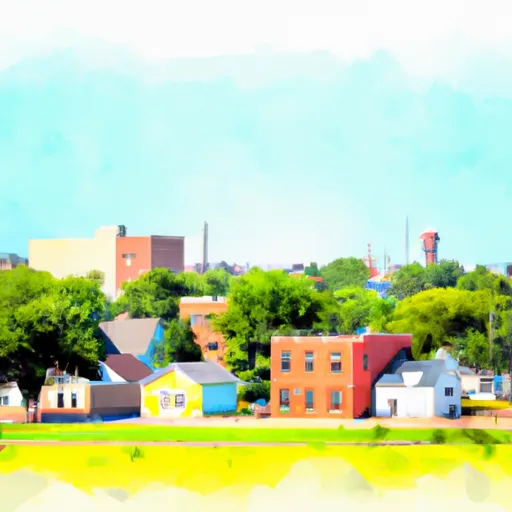°F
°F
mph
Windspeed
%
Humidity











Garner, Iowa is a small town located in the north-central part of the state. The climate in Garner is characterized by cold, snowy winters and warm summers with occasional thunderstorms. The hydrology constituents in the area include the East Fork of the Des Moines River, which runs through Garner and provides opportunities for fishing and kayaking. The town also has a number of parks, including the Garner Golf Course, which offers nine holes of golf, as well as hiking and biking trails. Additionally, the nearby Crystal Lake State Park provides opportunities for swimming, boating, and camping. Overall, Garner is a great destination for outdoor enthusiasts looking to enjoy the natural beauty of Iowa.
Weather Forecast
Garner receives approximately 840mm of rain per year, with humidity levels near 81% and air temperatures averaging around 8°C. Garner has a plant hardyness factor of 5, meaning plants and agriculture in this region thrive during a short period during spring and early summer. Most plants will die off during the colder winter months.
Regional Streamflow Levels
14
Cubic Feet Per Second
63
Cubic Feet Per Second
205
Cubic Feet Per Second
100
Cubic Feet Per Second
Nearby Camping
| Camping Area | Reservations | Toilets | Showers |
|---|---|---|---|
| Carver Park Reserve | |||
| Aitkin County Campground | |||
| Mille Lacs Kathio State Park | |||
| Minnesota Valley Rec Area | |||
| Sakatah Lake State Park | |||
| Bray County Park |



